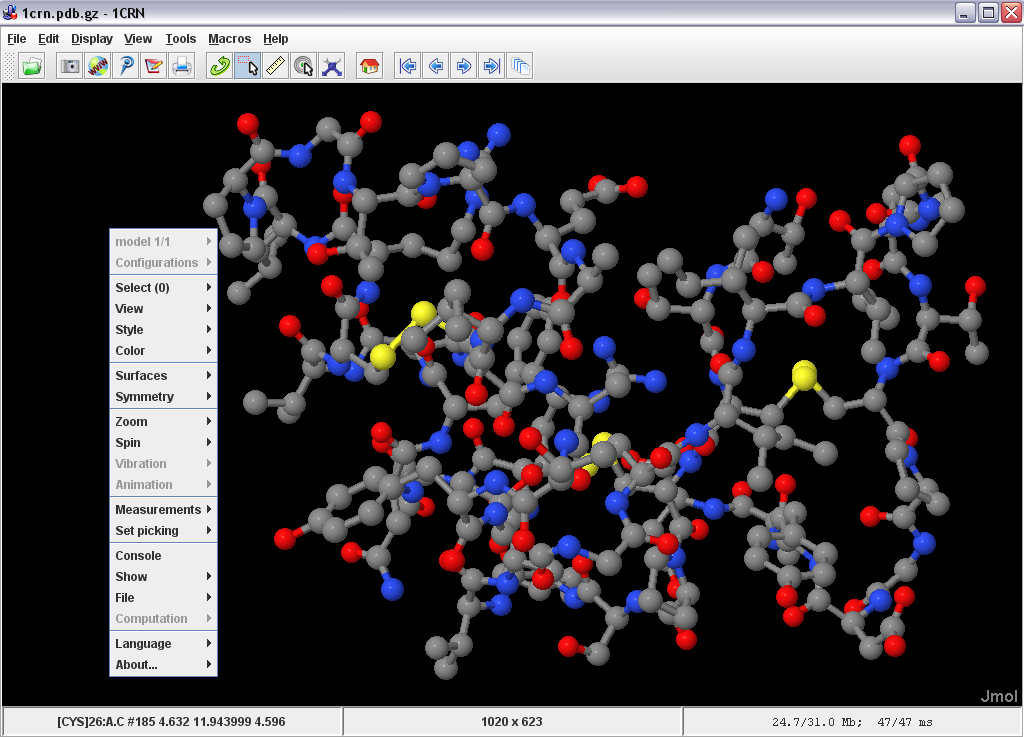

The first two digits refer to the atoms the bond is between (hence 2 3 means a bond between the second and third atoms in the list above) and the third digit refers to the empirical bond order (2 = double bond etc.) Again, the remaining columns are rarely used. and are not yet included in CML, since mol files rarely use them. The remaining columns are used for electrons, charges etc. rows 5-13: Each row refers to an atom and gives (in order) Cartesian coordinates x, y and z (in Angstrom) and the element type (as its periodic table letter). row 4: The first digit is the total number of atoms in the molecule, the second is the total number of bonds (hydrogen atoms and bonds to them, are sometimes neglected). These lines are normally discarded on converting to CML (note line 3 is blank). Rows 1-3: Comment lines sometimes these contain a title, a filename and the source of the file but there is no common convention.


gif image (bitmap) - a 'dead' format, human comprehensible but chemical information can't be automatically extracted (1) Department of Chemistry, Imperial College of Science, Technology and Medicine, UK - (2) School of Pharmaceutical Sciences, University of Nottingham, UK - August 15, 2000Īdditional Figures Figure 1: Comparing different ways of displaying chemical structures Development of Chemical Markup Language (CML) as a System for Handling Complex Chemical Content - Supplemental Information (XML) - xmldoc_writeup_supĭevelopment of Chemical Markup Language (CML) as a System for Handling Complex Chemical Content - Supplemental Information (XML)


 0 kommentar(er)
0 kommentar(er)
